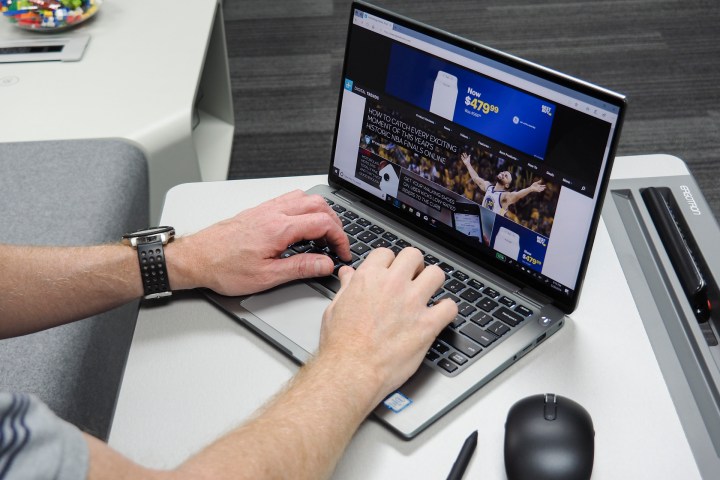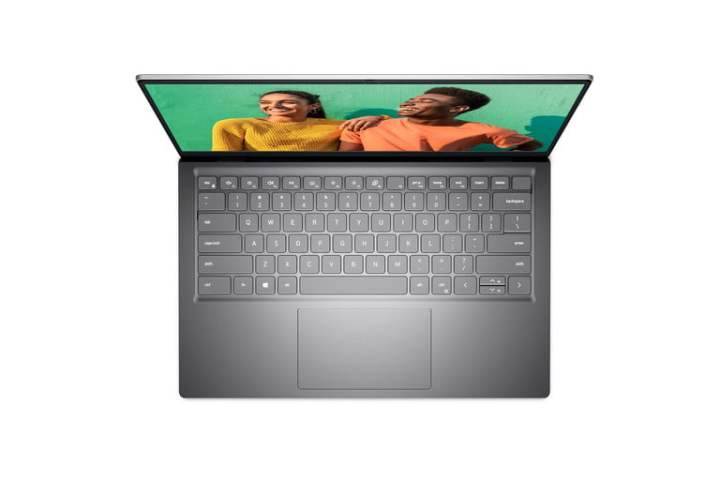Buying a laptop when you’re deciding among the best brands can be confusing and overwhelming enough, but what about after you’ve picked a brand, and you find that it has a bunch of different lines of laptops to choose from?
If you’re shopping Dell laptops, you’re probably facing that very issue. In this guide, we’ll try to make your decision a little easier by comparing two of the laptop manufacturer’s main laptop lines: Latitude and Inspiron.
Design

Both Inspiron and Latitude
The features each Inspiron laptop has vary among its different sizes and styles, but as a whole, you can expect to see the following specs on some or all Inspiron
When it comes to Dell’s Latitude line, you can also expect its design to vary among its models. But here’s what to expect overall:
Latitude laptop displays tend to skew toward higher resolutions and include FHD,
Use cases: When is it best to buy a Latitude or an Inspiron?
When it comes to Latitude and Inspiron
For business: Choose Latitude

The emphasis on business use for Latitude
Dell also offers three other notable features that boost the Latitude’s reputation as a business laptop: ExpressConnect, ExpressSign-in, and “intelligent audio.” ExpressConnect automatically prioritizes connecting to the strongest wireless access point no matter where you are. ExpressSign-in features a proximity sensor that senses your presence and then will “instantly wake and log you in via the IR camera and Windows Hello.” If you’re away from your Latitude laptop, it will lock itself to secure your work. And “intelligent audio” is a feature that enhances your videoconferencing experience by improving audio quality and decreasing background noise.
In 2022, when we reviewed the Dell Latitude 9330 2-in-1, we said it has “the executive-suite class to match the price.” At the time, we particularly appreciated its performance, build quality, and the fact that the ExpressSign-in feature worked well. The battery life wasn’t exceptional, but many Latitude
For home (and other uses): Choose Inspiron

The Inspiron line is somewhat vaguely described by Dell as “for home.” But that doesn’t mean using it at home is your only option or that personal use is the only appropriate use case for it. In fact, two of our “best
Best (budget) business laptop
In our best laptops under $1,000 list, we actually named an Inspiron laptop as our pick for the best business laptop at that price: The 2022 Dell Inspiron 15 7000. This particular Inspiron laptop comes with a large 15.6-inch screen and HDMI and
Best for college students
There are
Which is easier on your wallet: Inspiron or Latitude?
Overall, if you’re looking at just affordability, Inspiron
The Inspiron line comes in five different sizes, and the price ranges in each size category do vary quite a bit, but generally speaking, for an Inspiron laptop, you could be spending anywhere from $389 to $1,800. And that’s not even including any discounts you might find or sale prices from other retailers.
The Latitude line is a line of business
Latitude
Inspiron clearly wins the price category because it just has more affordable options than the Latitude line of
Verdict: Which is better?
In this comparison, there is no clear winner. It really all depends on how you’re planning on using your new laptop and your budget. If you need a true workstation for your work-from-home setup or small business, get a Latitude. You’ll spend a lot more, but the security features, productivity-optimizing tools, and long battery life usually make the hefty price tag worth it.
If you just need a budget-friendly, all-purpose laptop for school or home, get an Inspiron. The prices can’t be beat, and you can still get the latest Intel processors and FHD displays even when you spend less.
Editors' Recommendations
- Wholesale laptop deals: How to buy cheap computers in bulk
- The XPS 16 is fighting an uphill battle against the MacBook Pro
- Here’s how two of the best Windows laptops compare to each other
- Best laptop deals: Save on the Dell XPS 14, MacBook Pro 16 and more
- Best refurbished laptop deals: How to find cheap used computers


